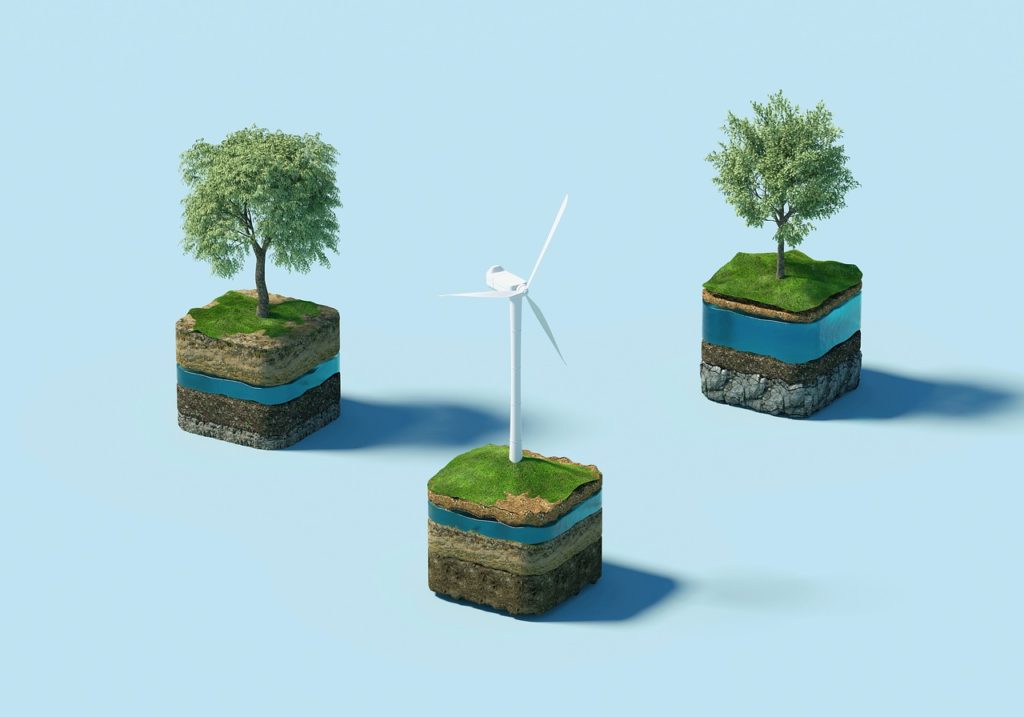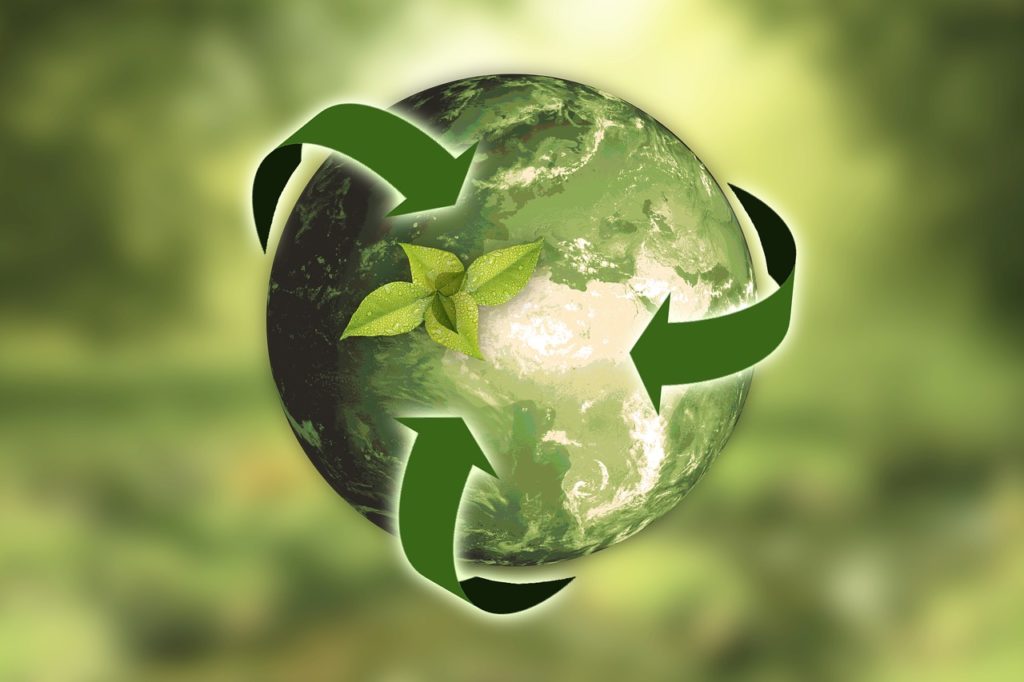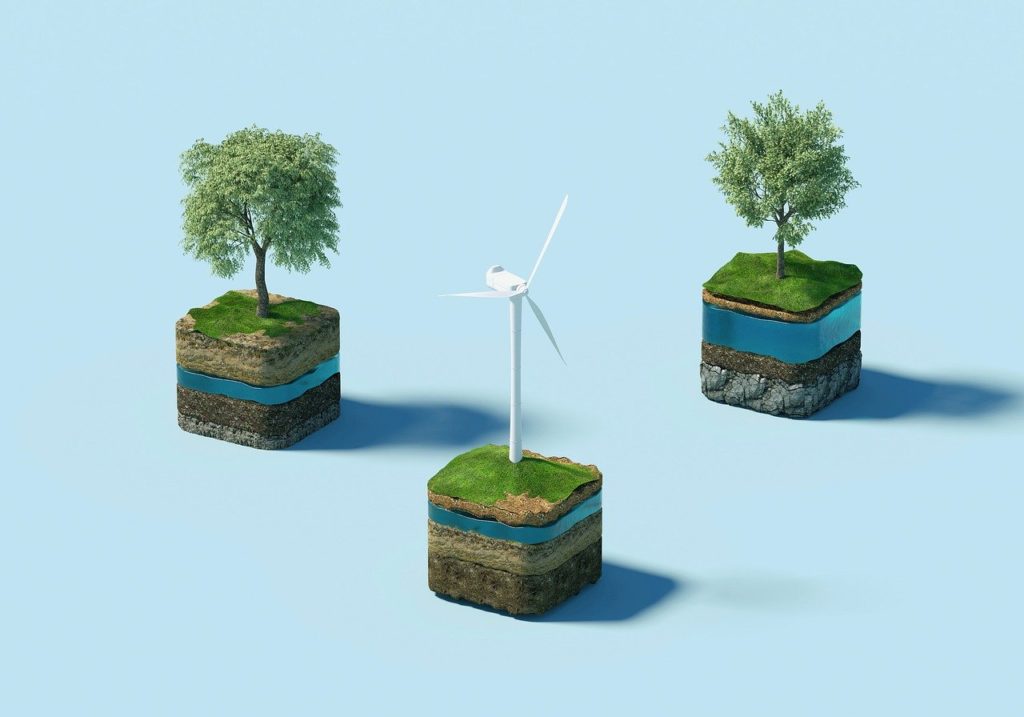In today’s world, there is a growing need to address the environmental challenges we face, and the United Nations Sustainable Development Goals (SDGs) have become a roadmap towards a better future. One crucial aspect that often goes unnoticed is the role of wastewater treatment in achieving these ambitious goals. Wastewater treatment is not just a matter of ensuring clean water for our communities, but it also plays a significant role in promoting sustainable development on a global scale. By implementing effective wastewater treatment systems, we can contribute to multiple SDGs, from reducing water pollution and protecting biodiversity to promoting clean energy and ensuring good health and well-being for all. So, let’s dive into the world of wastewater treatment and discover its vital role in achieving the UN Sustainable Development Goals.

1. Introduction
1.1 Overview of the UN Sustainable Development Goals
The United Nations Sustainable Development Goals (SDGs) are a set of 17 global goals adopted by all member states in 2015. These goals aim to tackle various pressing issues such as poverty, inequality, climate change, and environmental degradation. The SDGs provide a comprehensive framework for countries and organizations to work towards a sustainable future.
1.2 Importance of wastewater treatment in achieving the UN Sustainable Development Goals
Wastewater treatment plays a crucial role in achieving the UN Sustainable Development Goals. Proper treatment of wastewater ensures the availability of clean water, promotes good health and well-being, supports industry and innovation, fosters sustainable cities and communities, protects marine life, and preserves terrestrial ecosystems. By effectively managing wastewater, we can contribute significantly to the achievement of multiple SDGs and create a more sustainable world for future generations.
2. Background on Wastewater Treatment
2.1 Definition and sources of wastewater
Wastewater refers to any water that has been used and discarded. It includes domestic wastewater from households, as well as industrial and agricultural wastewater from various manufacturing processes and agricultural activities. Wastewater can contain harmful substances such as bacteria, viruses, chemicals, and pollutants, making proper treatment essential to remove these contaminants before the water is discharged or reused.
2.2 Types of wastewater treatment processes
There are several types of wastewater treatment processes used to remove contaminants and pollutants from wastewater. These include physical, chemical, and biological treatment methods. Physical processes involve the removal of solids and debris through processes like screening and sedimentation. Chemical processes use coagulation, flocculation, and disinfection to remove dissolved pollutants. Biological processes rely on microorganisms to break down organic matter and remove nutrients from the wastewater. A combination of these treatment processes is often used to ensure the effective and comprehensive treatment of wastewater.

3. Linkage between Wastewater Treatment and Sustainable Development Goals
3.1 Goal 6: Clean Water and Sanitation
Achieving Goal 6, which focuses on ensuring clean water and sanitation for all, is directly linked to wastewater treatment. Proper treatment of wastewater ensures the availability of clean water for various purposes, such as drinking, irrigation, and industrial use. By treating wastewater, we can minimize water scarcity and improve access to safe and clean water for communities around the world.
3.2 Goal 3: Good Health and Well-being
Wastewater treatment plays a vital role in promoting good health and well-being, as untreated wastewater can harbor harmful pathogens and contaminants. By properly treating wastewater, we can reduce the risk of waterborne diseases and ensure the health and well-being of communities. Access to clean water for sanitation purposes is crucial for preventing the spread of diseases and maintaining proper hygiene practices.
3.3 Goal 9: Industry, Innovation, and Infrastructure
The effective treatment of wastewater is essential for achieving Goal 9, which focuses on fostering industry, innovation, and infrastructure. Industries heavily rely on water for their manufacturing processes, and the availability of clean water is crucial for sustainable industrial growth. Wastewater treatment enables the reuse and recycling of water, reducing the dependence on freshwater sources and promoting more sustainable industrial practices.
3.4 Goal 11: Sustainable Cities and Communities
To achieve Goal 11, which aims to create sustainable cities and communities, wastewater treatment is of utmost importance. Proper treatment of wastewater not only ensures clean water for urban areas but also helps manage water resources effectively. By implementing sustainable wastewater management systems, cities can prevent water pollution, protect the environment, and create healthier and more livable communities.
3.5 Goal 14: Life Below Water
Wastewater treatment is closely linked to Goal 14, which focuses on conserving and sustainably using the oceans, seas, and marine resources. Untreated wastewater contains harmful pollutants and chemicals that can significantly impact marine ecosystems and biodiversity. By treating wastewater before it is discharged into water bodies, we can protect marine life, maintain the health of coastal ecosystems, and preserve the delicate balance of our oceans.
3.6 Goal 15: Life on Land
Achieving Goal 15, which aims to protect, restore, and promote sustainable use of terrestrial ecosystems, is directly linked to wastewater treatment. Proper treatment of wastewater prevents the contamination of soil and groundwater, preserving the quality of land resources. By adopting sustainable wastewater management practices, we can minimize the negative impact on land ecosystems and promote the conservation of biodiversity.
4. Importance of Effective Wastewater Treatment
4.1 Protection of Human Health
Effective wastewater treatment is vital for the protection of human health. Improperly treated or untreated wastewater contains various pathogens, bacteria, and contaminants that can cause waterborne diseases. By ensuring the thorough treatment of wastewater, we can safeguard public health and prevent the spread of waterborne illnesses, such as cholera, typhoid, and hepatitis.
4.2 Conservation of Water Resources
Wastewater treatment plays a crucial role in conserving water resources. By treating and reusing wastewater, we can significantly reduce the demand for freshwater sources. This is particularly important in regions facing water scarcity, where wastewater reuse can provide an alternative and sustainable water supply. By conserving water resources, we can mitigate the impacts of drought, support agricultural activities, and ensure the availability of clean water for future generations.
4.3 Prevention of Water Pollution
Proper wastewater treatment is essential for preventing water pollution. Untreated wastewater contains harmful pollutants such as heavy metals, nutrients, and chemicals that can contaminate water bodies and disrupt aquatic ecosystems. Through effective treatment processes, we can remove these pollutants and prevent their release into natural water systems, safeguarding the quality of our water resources and preserving the biodiversity of aquatic environments.
4.4 Promotion of Environmental Sustainability
Wastewater treatment promotes environmental sustainability by reducing the impact of human activities on the environment. By removing pollutants and contaminants from wastewater, we can minimize the ecological damage caused by the discharge of untreated wastewater into water bodies. Moreover, effective treatment processes also enable the recovery of valuable resources, such as energy and nutrients, from wastewater, contributing to a more circular and sustainable economy.

5. Challenges and Solutions in Wastewater Treatment
5.1 Lack of Infrastructure and Investment
One of the significant challenges in wastewater treatment is the lack of infrastructure and investment. Many regions, especially in developing countries, lack the necessary facilities and resources to implement robust wastewater treatment systems. To overcome this challenge, governments and stakeholders need to prioritize wastewater infrastructure development and allocate sufficient funding for the construction and maintenance of treatment plants. International cooperation and partnerships can also play a crucial role in bridging the infrastructure gap and ensuring access to proper wastewater treatment for all.
5.2 Energy Consumption and Carbon Emissions
Wastewater treatment processes can be energy-intensive, leading to increased carbon emissions and environmental impact. To address this challenge, there is a need for the adoption of energy-efficient treatment technologies and the implementation of renewable energy sources within the treatment plants. By reducing energy consumption and promoting the use of clean energy, we can minimize the carbon footprint of wastewater treatment and contribute to global efforts to combat climate change.
5.3 Limited Accessibility to Treatment Facilities
Limited accessibility to wastewater treatment facilities is another challenge, particularly in rural and remote areas. The lack of proper sanitation infrastructure and the distance to treatment plants make it difficult for these communities to access wastewater treatment services. Innovative solutions such as decentralized treatment systems, small-scale treatment plants, or mobile treatment units can help overcome this challenge and ensure the provision of adequate wastewater treatment services, even in remote areas.
5.4 Technological Innovations and Advancements
Technological innovations and advancements play a crucial role in overcoming the challenges of wastewater treatment. Emerging technologies such as membrane filtration, electrochemical treatment, and advanced oxidation processes offer more efficient and effective solutions for wastewater treatment. Continued research and development in wastewater treatment technologies can lead to more sustainable and cost-effective approaches, making wastewater treatment more accessible and achievable worldwide.
6. Case Studies on Successful Wastewater Treatment Projects
6.1 Singapore’s NEWater Initiative
Singapore’s NEWater initiative is a prime example of successful wastewater treatment and recycling. The country has embraced a comprehensive and advanced wastewater treatment process that produces high-quality reclaimed water. The treated wastewater undergoes multiple processes including microfiltration, reverse osmosis, and ultraviolet disinfection, ensuring the removal of contaminants and pathogens. NEWater is then used for various non-potable uses such as industrial processes, urban irrigation, and even indirect potable use. Singapore’s NEWater initiative demonstrates the effectiveness of wastewater treatment in ensuring a sustainable and resilient water supply.
6.2 Costa Rica’s Centralized Wastewater Treatment Plants
Costa Rica has made significant progress in wastewater treatment through the establishment of centralized treatment plants. These plants collect and treat wastewater from surrounding communities, effectively removing pollutants and pathogens before the water is discharged back into the environment. The implementation of centralized treatment plants has not only improved the water quality of rivers and coastal areas but has also promoted sustainable tourism and protected sensitive ecosystems.
6.3 The Netherlands’ Wastewater Treatment and Resource Recovery Plant
The Netherlands has taken a holistic approach to wastewater treatment by implementing a state-of-the-art treatment plant that not only removes pollutants but also recovers valuable resources. The plant employs innovative technologies such as anaerobic digestion and nutrient recovery to extract energy and nutrients from the wastewater. This approach not only minimizes the environmental impact of wastewater but also contributes to the circular economy by turning wastewater into a valuable resource.
6.4 Rwanda’s Wastewater Treatment and Recycling System
Rwanda has implemented an innovative wastewater treatment and recycling system to address water scarcity and promote sustainable development. The system involves the treatment of wastewater through various physical, chemical, and biological processes, ensuring the removal of contaminants and pollutants. The treated wastewater is then reused for non-potable purposes such as irrigation, reducing the strain on freshwater resources and supporting agricultural activities. Rwanda’s wastewater treatment and recycling system serve as a successful example of sustainable wastewater management in a water-stressed environment.
7. Conclusion
7.1 Recap of the Role of Wastewater Treatment in Achieving the UN Sustainable Development Goals
Wastewater treatment plays a significant role in achieving the UN Sustainable Development Goals. By treating wastewater effectively, we can contribute to multiple goals such as ensuring clean water and sanitation, promoting good health and well-being, fostering sustainable cities and communities, and conserving our natural resources. The importance of wastewater treatment in achieving the SDGs cannot be overstated, as it creates a pathway towards a more sustainable and resilient future for all.
7.2 Importance of Continued Efforts towards Sustainable Wastewater Management
While progress has been made in wastewater treatment, there is still much to be done to ensure sustainable wastewater management worldwide. Continued efforts are needed to address the challenges of infrastructure, energy consumption, limited accessibility, and technological advancements. Governments, organizations, and individuals must work together to prioritize wastewater treatment, invest in sustainable solutions, and raise awareness about the importance of proper wastewater management. By doing so, we can pave the way for a cleaner, healthier, and more sustainable world for current and future generations.



